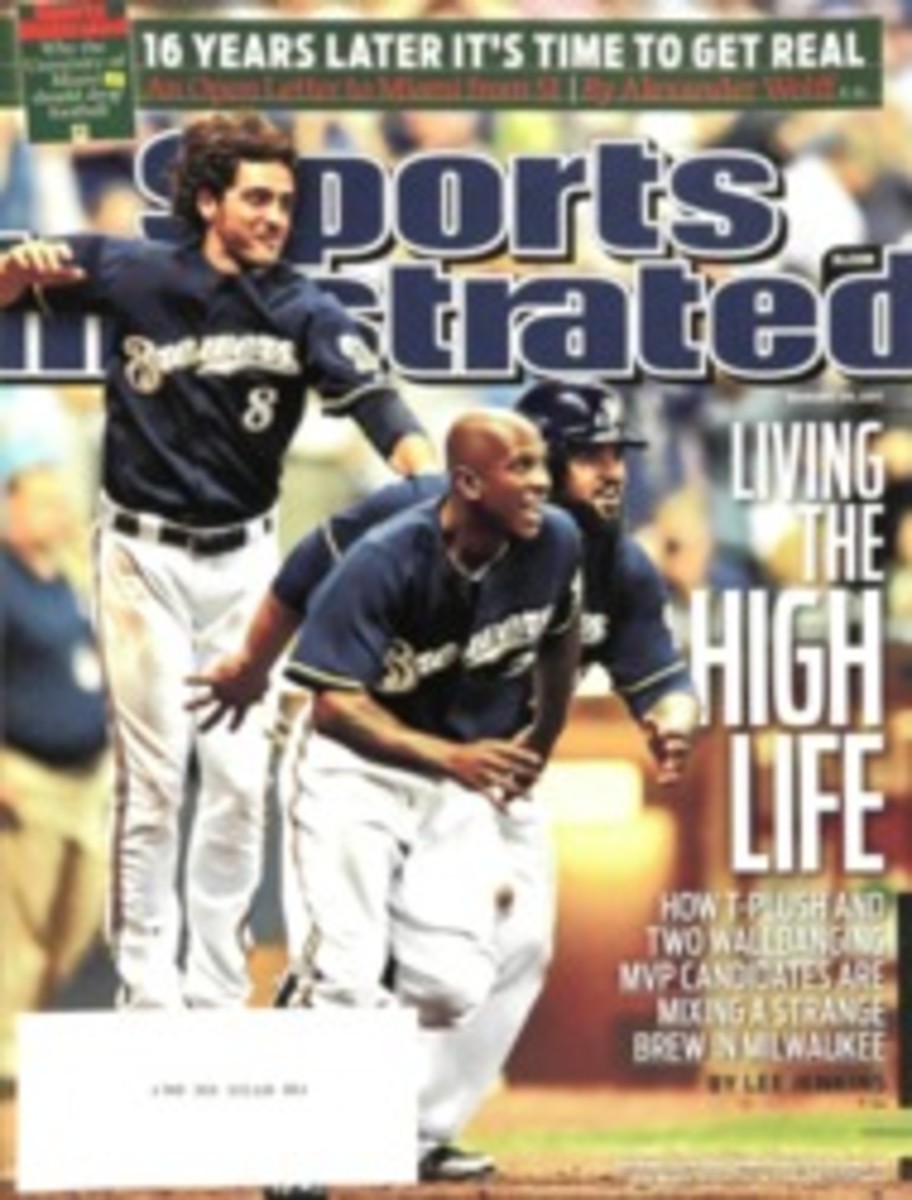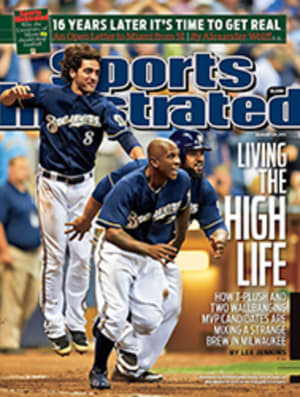
LETTERS TO THE PRESIDENTS
WHEN SOON-TO-BE managing editor Bill Colson decided to call for the University of Miami to drop football, on the cover of the June 12, 1995, issue of SPORTS ILLUSTRATED, he was looking at a program that had become like a cancer, diseased with violations in every category: "improper benefits; recruiting violations; boosters run amok; academic cheating; use of steroids and recreational drugs; suppressed or ignored positive tests for drugs; player run-ins with other students as well as with campus and off-campus police; the discharge of weapons and the degradation of women in the football dorm; credit-card fraud and telephone credit-card fraud."
It would be a jaw-dropping move for SI, and one that Colson also knew would be painful to his own roots. He had grown up in Coral Gables, Fla., as a fan of Hurricanes football, and his father and brother were graduates of the law school and university trustees. "I remembered going to the Orange Bowl as a little boy, and I wanted a school that I cared so much about to do something bold for its own good," Colson says now. "Miami had been a serial offender since 1986, when Rick Reilly did the first national story about its bad behavior."
Colson assigned the story to senior writer Alexander Wolff, who buried himself in reporting and stacks of research, including a history that recounts how Robert Maynard Hutchins, the president at the University of Chicago in the 1930s, dropped football after it spun out of control. In that book, Stagg's University: The Rise, Decline, and Fall of Big-Time Football at Chicago, Wolff found a note from future U.S. Senator J. William Fulbright (then the president of the University of Arkansas) congratulating Hutchins on his "courageous defense of the university and its true function" and for standing up to the "worst excrescences of our educational system." Wolff knew that Tad Foote, the Miami president, was married to Fulbright's daughter, and that's when he realized that he could give his piece an additional dimension and personalize it at the same time by making it an open letter. Colson agreed.
Sixteen years later Wolff has written another open letter to another Miami president in an eerily parallel situation. His first letter triggered a lot of media attention and very little action. This letter, he thinks, might be different. "Foote was a tweedy guy with a Yale pedigree, a college president from central casting," says Wolff. "He reacted by hunkering down. This time it might be different. President Donna Shalala is a wade-in sort of character who styles herself a player, and that's why I found myself urging her to act. These problems may be intractable, but she's someone who could make reform happen—if it can happen at all."
For his part Colson thinks Miami is haunted by its history of athletic glory as well as its ignominy. "Miami has to think of itself in a contemporary context," he says. "It's no longer a national-championship-caliber program, and recognizing that will make change easier. And after 25 years it's about time."
We're hoping to hear soon from president Shalala about her plans.
PHOTO
MEL LEVINE (MCDONELL)
PHOTO
MANNY MILLAN (COLSON)
Colson (top), who grew up a Canes fan, issued SI's first challenge to Miami in 1995. Wolff, who penned both open letters, is more optimistic about a response this time.
PHOTO
MICHAEL J. LEBRECHT II/1DEUCE3 PHOTOGRAPHY (WOLFF)
[See caption above]

